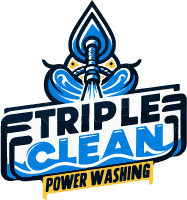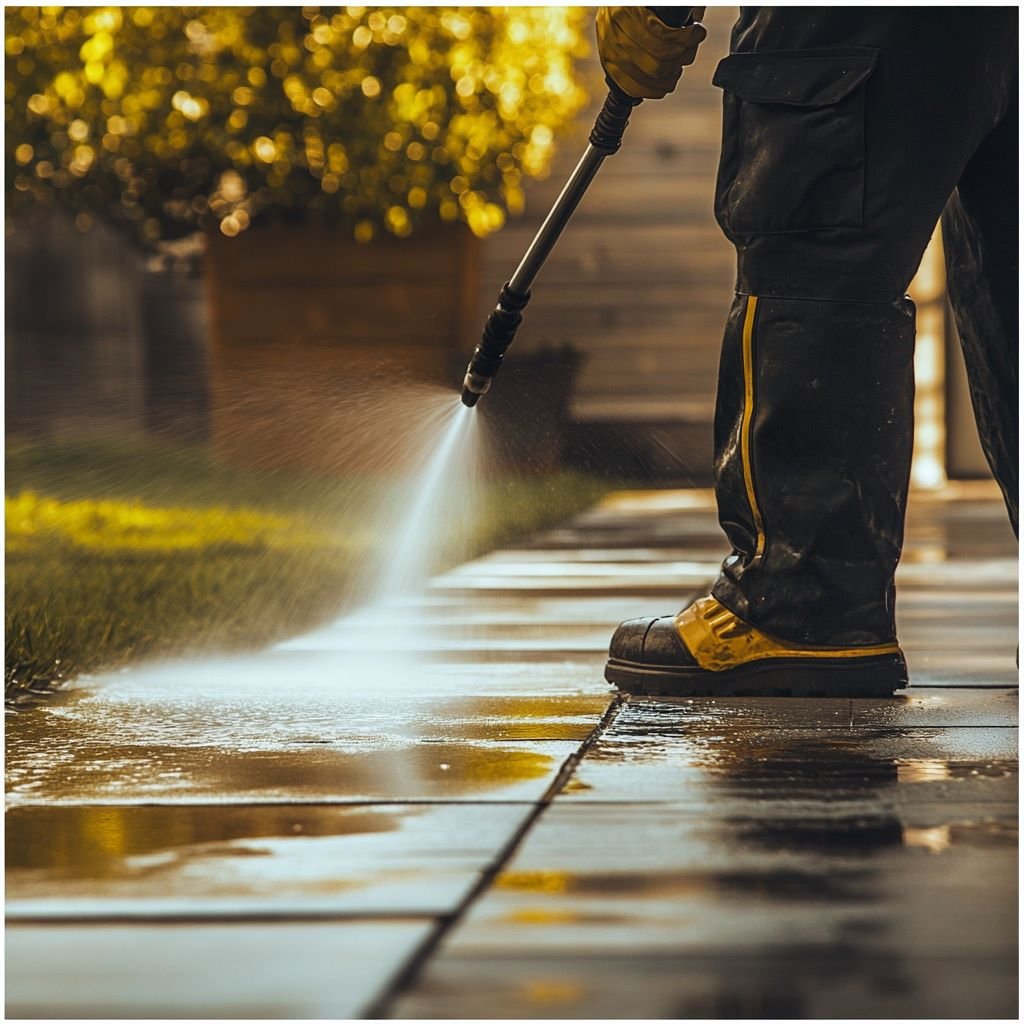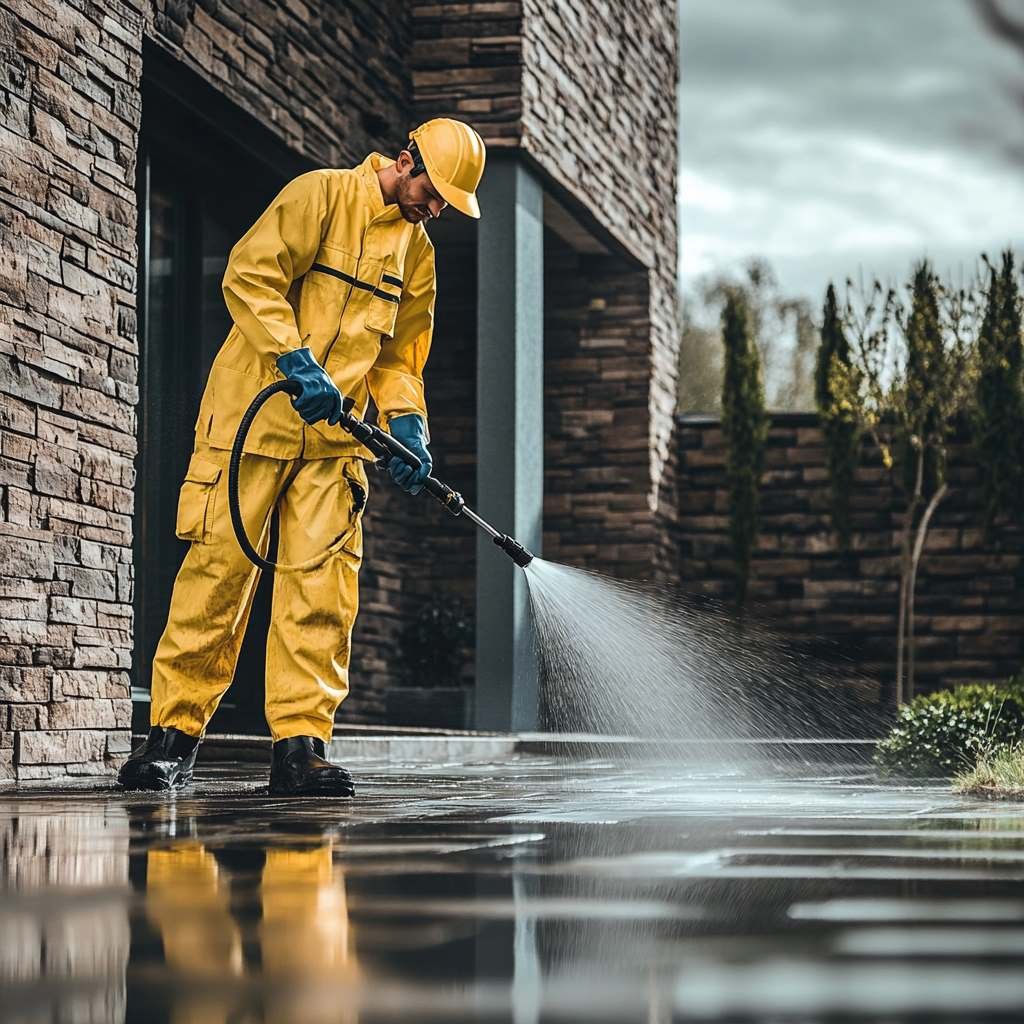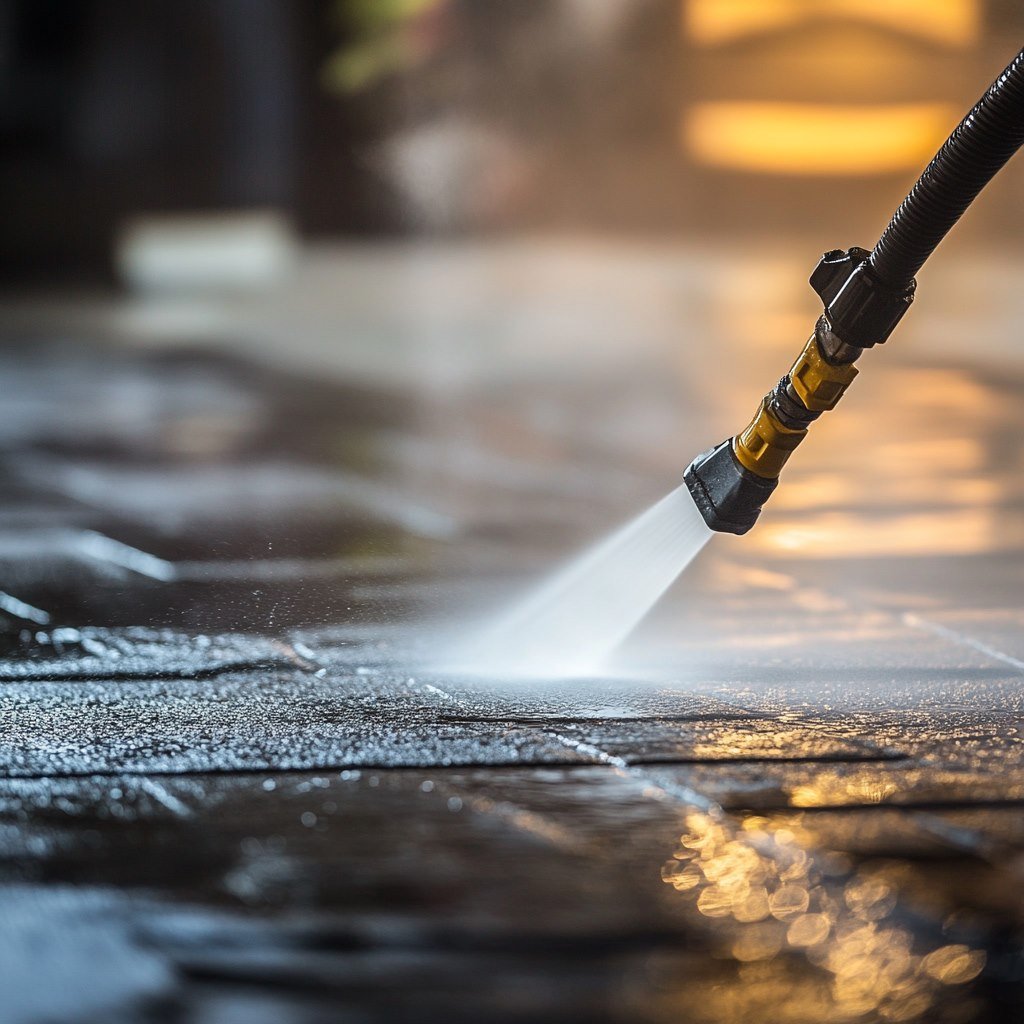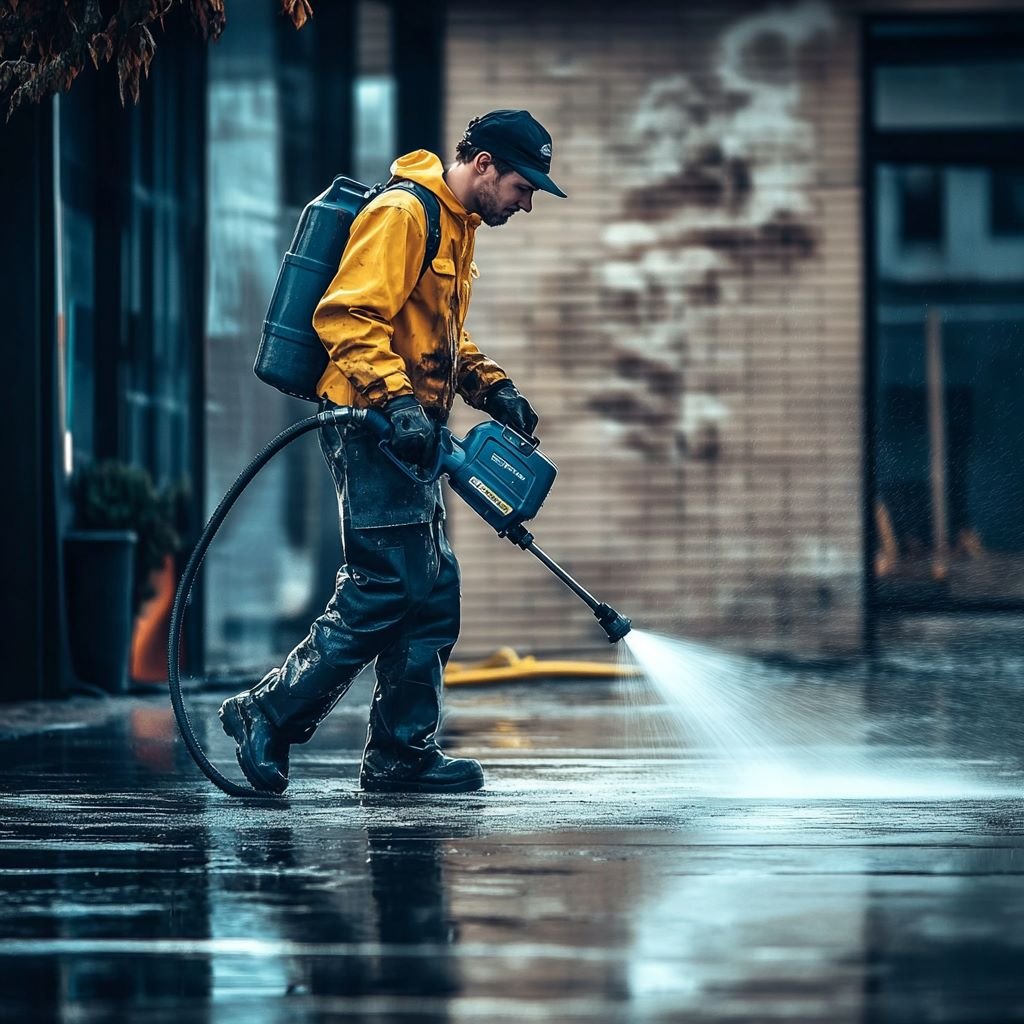Understanding Catch Basins in Washington
Catch basins are crucial for managing stormwater in Washington. They collect runoff from streets and direct it to drainage systems, helping to prevent flooding and water pollution.
Table of Contents
ToggleIn Washington, these structures are essential because of frequent rainfall. They trap debris, leaves, and trash, preventing these materials from clogging the drainage system.
Key Components of a Catch Basin:
- Grate: The top cover that allows water to flow in while keeping large debris out.
- Sediment Sump: The bottom part where debris settles.
- Outlet Pipe: Directs water from the catch basin into the drainage system.
Regular maintenance is vital. It ensures that catch basins function correctly, especially during the rainy season. Neglecting maintenance can lead to clogs, resulting in water backing up into streets and properties.
Maintenance Tips:
- Check Regularly: Inspect your catch basin at least twice a year, particularly in early spring and fall.
- Clean Debris: Remove leaves, trash, and sediment from the great and sump.
- Hydro Jetting: Use a high-pressure hydro jetter to clear any remaining sediment.
Washington’s authorities often schedule street sweepings to help maintain catch basins. These sweepings occur monthly to remove surface debris before it reaches the basin.
A clear catch basin helps keep your neighborhood safe from flooding and supports a cleaner environment by preventing pollutants from entering water bodies.
Material and Tool Gathering
Gather all the necessary materials and tools before you begin. You will need:
- Shovel: For scooping out debris from the catch basin.
- Trash can or bags: To collect and dispose of the removed debris.
- Pry bar or crowbar: To lift the grate if it’s stuck.
- Stiff brush: For scrubbing the sides of the catch basin.
- Garden hose: To flush out remaining dirt and grime.
Having everything on hand ensures a thorough cleaning process without unnecessary interruptions. Additionally, if possible, use a hydrometer for a more efficient way to clean out sediment and flush down the drain lines.
Step-by-Step Cleaning Process
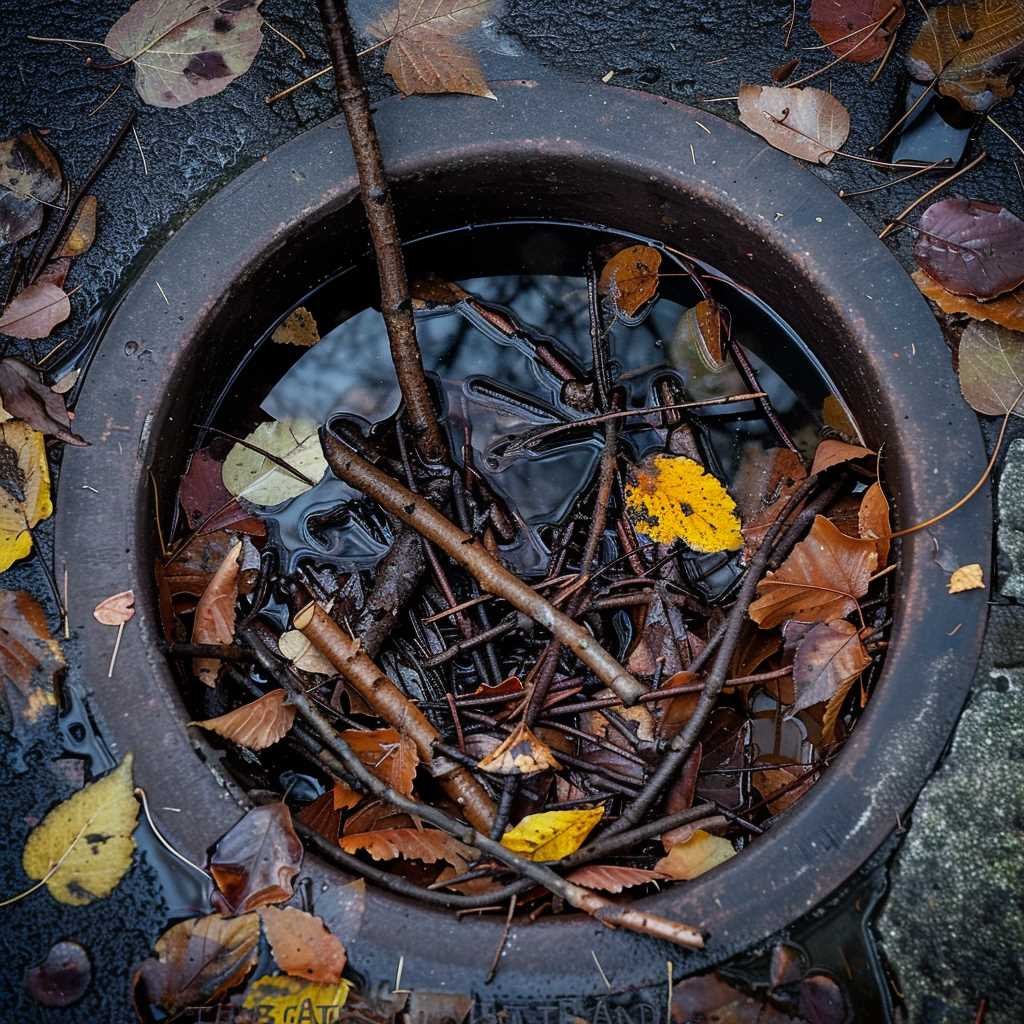
Maintaining your catch basin in Washington ensures efficient water drainage and helps prevent flooding. Follow these clear steps to keep your catch basin in top condition.
Debris Removal
Start by removing any visible debris from the catch basin grate. Use gloves and a trash bag to safely dispose of leaves, trash, and other materials. You may need a crowbar to lift grates that haven’t been opened recently. Once the grate is off, scoop out any loose debris from the catch basin itself.
A long pipe or broomstick can help check how much debris is inside. Insert it through the grate and mark the depth. Regular removal of this debris helps maintain proper water flow.
Catch Basin Inspection
After removing debris, do a thorough inspection. Look for any damage to the basin walls or the grate. Check for standing water; this could indicate a clog in the drain line. Make sure there are no cracks or misalignments.
If you notice any serious issues, contacting a professional for a detailed inspection may be best. Minor cracks or damages can sometimes be fixed with waterproof sealant, but larger issues require expert attention.
Washing and Scrubbing
Once debris is removed and the basin is inspected, it’s time to clean the interior. Use a high water pressure garden hose to flush out remaining dirt and sediment. Direct the water flow toward the outlet to push debris through the system.
For a more thorough clean, use a stiff brush to scrub the sides of the basin. This step helps remove grime and buildup that could block water flow. As this process can get messy, it’s a good idea to wear old clothes and protective gear.
Regular washing and scrubbing keep your catch basin functioning efficiently and extend its lifespan. Check for dirt accumulation regularly to avoid future clogs.
Maintenance and Prevention Tips
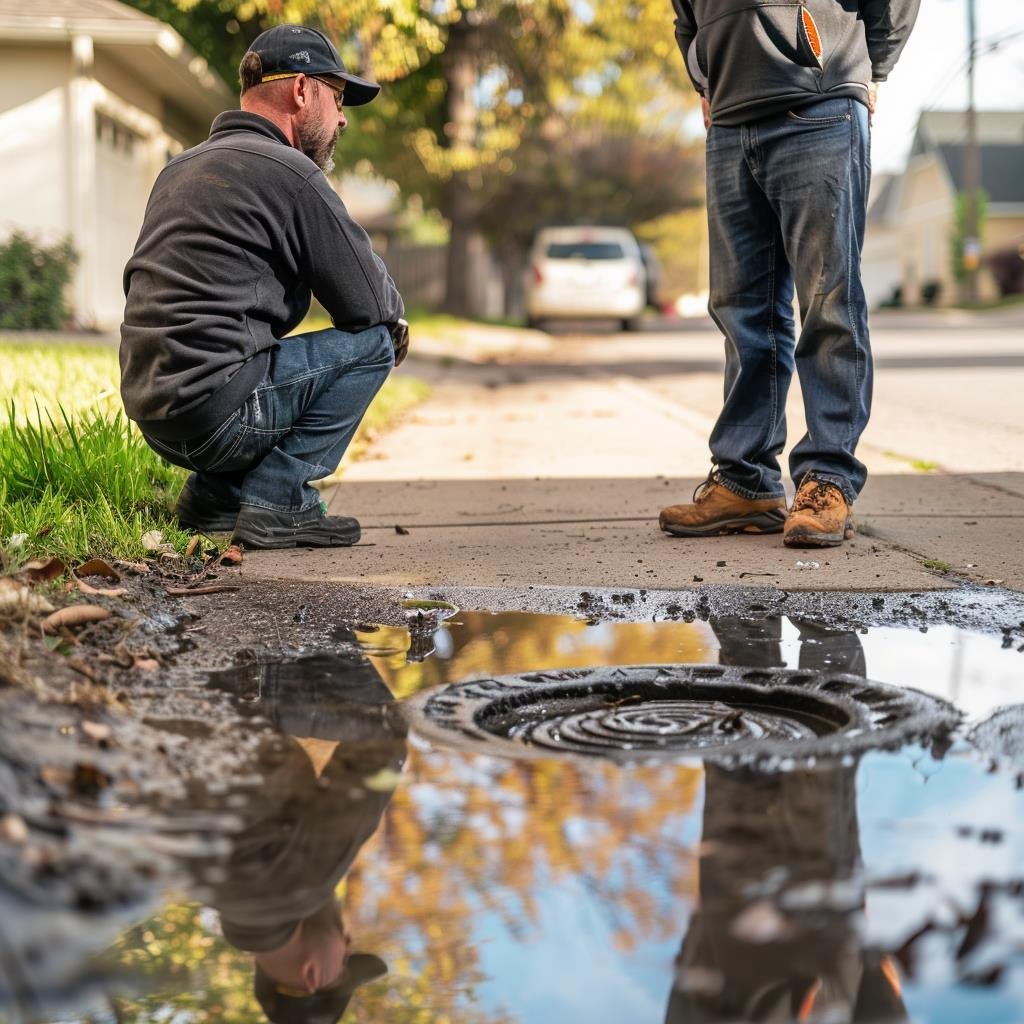
It’s important to regularly check and maintain catch basins to ensure they work properly and prevent pollution. Here are some detailed tips on routine inspections and natural preventative methods.
Routine Check-Ups
Regular inspections avoid blockages and flooding. Check the catch basin grate in early spring, fall, and after heavy rain. It might be clogged if water drains slowly or pools around the grate.
Insert a long stick or pipe to determine how much debris is inside. Mark the depth of the debris on the stick and compare it to the total depth of the basin. If debris covers one-third of the basin, it’s time to clean.
For cleaning, gather a shovel, trash bag, crowbar, and work gloves. Using the crowbar, remove the grate, scoop the debris into the trash bag, and dispose of it properly. Periodically, hire a professional to perform a thorough cleaning using a high-pressure hydrometer.
Natural Solutions for Prevention
Using natural methods can greatly reduce debris build-up in your catch basins. Plant grass and native plants around the basin area to filter and capture sediment before it enters the basin.
Install permeable paving for pathways and driveways nearby. Permeable surfaces allow water to seep through but trap sediment, reducing the amount reaching the basin.
Create a rain garden near the catch basin. This garden can absorb excess rainwater and filter pollutants naturally. Keep leaves and grass clippings away from the catch basin during yard work to prevent clogging its grate.
Addressing Common Issues
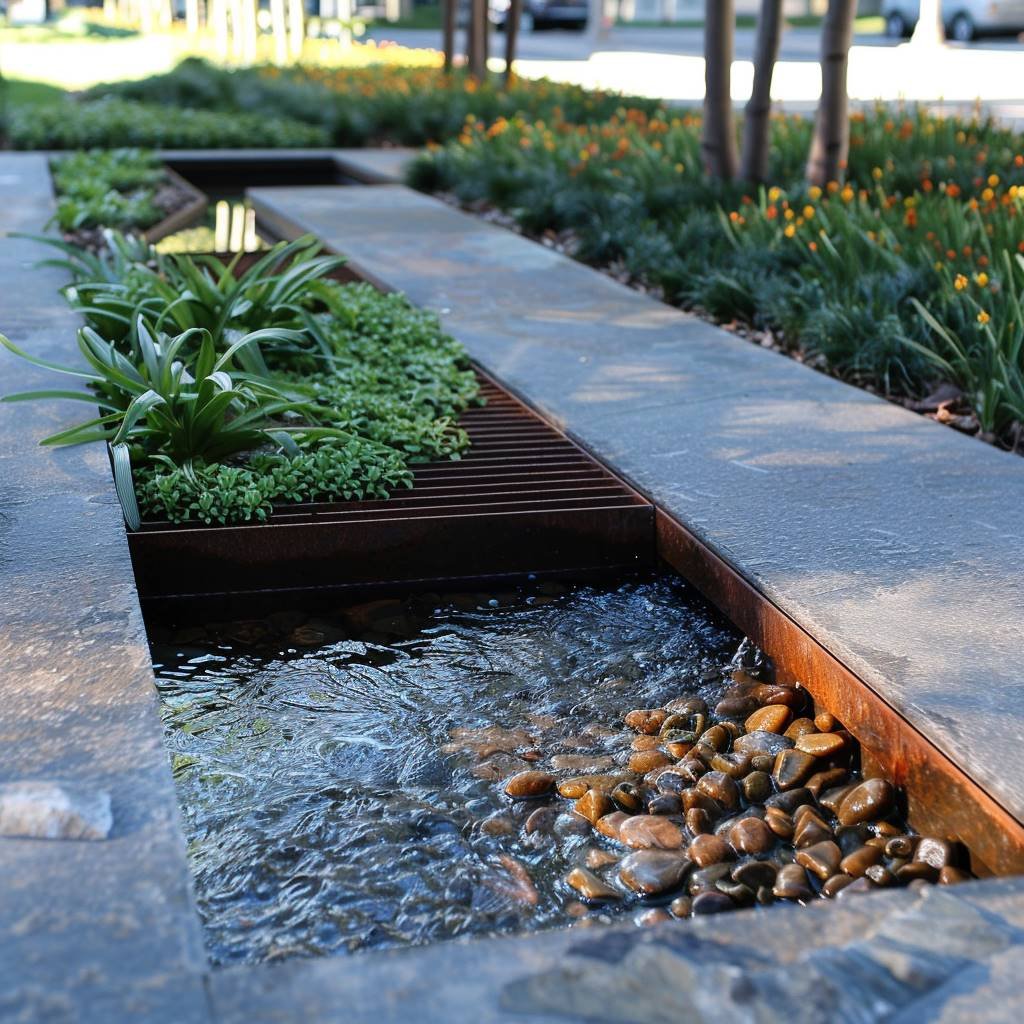
When maintaining your catch basin, it’s essential to prevent clogs and manage odors effectively. These steps will ensure optimal functionality and efficiency for your drainage system.
Clog Prevention
Regular maintenance is key to prevent debris buildup in your catch basin. You should inspect your basin at least twice yearly to clear out sediment, leaves, and other blockages. Use a high-pressure hydro jetter to flush any remaining sediment from the basin and the drain lines.
Always check for signs of wear or damage. If left unaddressed, cracks and corrosion can lead to major problems. You can save time and money on future repairs by catching these early.
Keeping a maintenance log can help track the condition of your catch basin and schedule cleanings before issues arise. Monitoring your catch basin helps you know which areas need attention and when.
Odor Management
Odors in your catch basin can be unpleasant and may indicate a problem. Regular cleaning is crucial to prevent the buildup of organic matter that can cause smells. After removing debris and sediment, you can treat the basin with water and bleach to neutralize odors.
Ensure proper drainage to avoid stagnant water, which can contribute to smells. Checking and cleaning your drain lines helps maintain good water flow and reduces the chance of odors developing.
Installing odor control products such as filters or neutralizing agents can help manage smells in your catch basin. Using these products as part of your regular maintenance routine keeps your system functioning smoothly and odor-free.
Frequently Asked Questions
You should clean your catch basin at least once a year. In Washington, seasonal changes can cause debris buildup, so consider cleaning both in the spring and fall for optimal functionality.
- Remove the grate: Start by removing the catch basin grate.
- Clear debris: Manually remove leaves and garbage using a high-pressure hose.
- Inspect drains: Check for clogs in drain lines.
- Replace the grate: Once clear, replace the grate securely.
Failing to clean a catch basin can lead to clogged drains, causing water to overflow and potentially flood streets or properties. It can also increase pollutants entering local water systems.
You can clean a catch basin with proper tools, like a high-pressure hose and protective gear. However, hiring a professional service ensures a thorough and safe cleaning, especially for larger or more complex systems.
Costs can vary based on:
- Number of catch basins needing cleaning
- Accessibility of the catch basins
- Severity of the clog or debris buildup
- Rates of the service provider in your area
